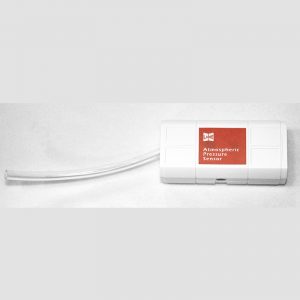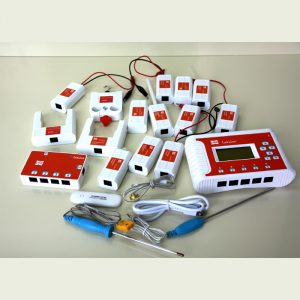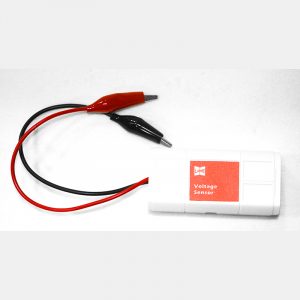
Wireless Photo Shutter Sensor
August 1, 2025Wireless ORP with probe
August 1, 2025
Wireless Turbidity Sensor
Range: 0–400 NTU
Resolution: 0.1 NTU
I. Working Principle
Infrared light is projected into the sample cuvette, and the light is refracted in various directions due to particles in the water. A detector composed of photodiodes is positioned at a 90° angle to the light source. The refracted light is measured and converted into voltage data, which is then transformed into turbidity data in units of NTU.
II. Specifications
Range: 0–400 NTU
Resolution: 0.1 NTU
III. Structure and Functions
1. Equipped with a 1.8-inch color LCD screen.
2. Configured with five functional buttons for simple and convenient operation.
3. Supports high-speed USB data transfer for rapid communication with data collectors.
4. Enables wireless communication with experimental terminals.
5. Features a built-in high-capacity removable battery.
6. Includes a sensor interface with snap fasteners, compatible with standard sensors for combined experiments.
7. Equipped with a fixed mount for attachment to iron stands, allowing integration with traditional equipment.
8. The sensor is compatible with common operating systems such as iOS, Android, and Windows.
IV. Typical Applications
This sensor is used to measure the clarity of water, which is a critical indicator of water quality. High turbidity indicates cloudy water, while low turbidity signifies clear water. Suspended particles in water can reflect light, causing opacity. Thus, the more suspended particles present, the cloudier the water. Applications include measuring turbidity before and after water filtration, monitoring turbidity in chemically treated solutions, and analyzing turbidity in water containing various bacteria.
V. Note
This product is suitable for educational purposes only and is not intended for industrial, medical, research, or commercial applications.
VI. Usage Tips
1. For accurate readings, fill the cuvette with at least 4 mL of sample up to the cap, tighten the cap to prevent light leakage, and avoid measuring under strong light.
2. Avoid using or diluting dark-colored samples, as they may introduce greater errors.
3. Before measuring turbidity, remove “suspended solids” or large, visible sediment particles from the sample (using a pipette or filter) to prevent erroneous readings.
4. For precise measurements, conduct the test immediately after sample preparation, before suspended particles settle.
5. Gently invert the cuvette to ensure uniform mixing of fine particles. Avoid vigorous shaking or creating bubbles.
6. After use, rinse the sample cuvette with distilled water.
7. Typically, add 2.5–4 mL of test solution to the container, ensuring the liquid level is above the diode’s emission angle to avoid measurement errors.




Reviews
There are no reviews yet.